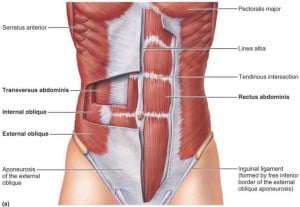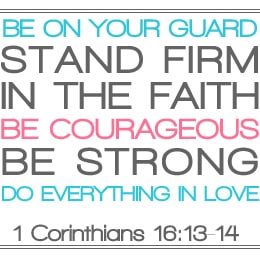If you did not read last weeks post Prenatal Fitness, Diastasis Recti, & Body After Baby you might want to do that before you read further so you have some background on what it is I am discussing. Medical Disclaimer: I also feel I need to put a disclaimer on this post and let you know I am by no means a medical professional or a diastasis recti expert. I am however a mother, certified personal trainer, and yoga instructor. What I am sharing is based on my own research and experience. THE TRUTH ABOUT DIASTASIS RECTI & WHY IT MATTERS When abdominal separation occurs the rectus abdominis (otherwise lovingly referred to by many as the six-pack muscle) is not the only muscle that is affected. It is however what the majority of people notice. Take a look at this picture of the core musculature. Many of these muscles are attached to the same structures. The reason this is important to note is because when a muscle looses its stability it can cause a ripple effect throughout … [Read more...]
Core & Burpees
I love core work! You can be sure if that if you work out with me we will spend plenty of time focusing on improving and building core strength. Your core muscles help support your entire body. Try not to limit your thinking of the core to just your abdominals. When you train your core you are also training your back, glutes, and all the muscles that run along your spine. When training this area you want to be sure and focus on the front and back side of your body and not confine yourself to crunches and sit-ups. Core training is a must. The younger you are when you start training with your core in mind the easier it will be maintain it as you age. I want to be around as long as possible for my family, especially my son Caden. He has made me even more motivated to stay active and to fuel my body with nutrient rich foods. Thanks Caden! Meet your exercises! (I did not include pictures for Burpees or Bicycle Crunches because I am fairly certain you all know how to rock those … [Read more...]













